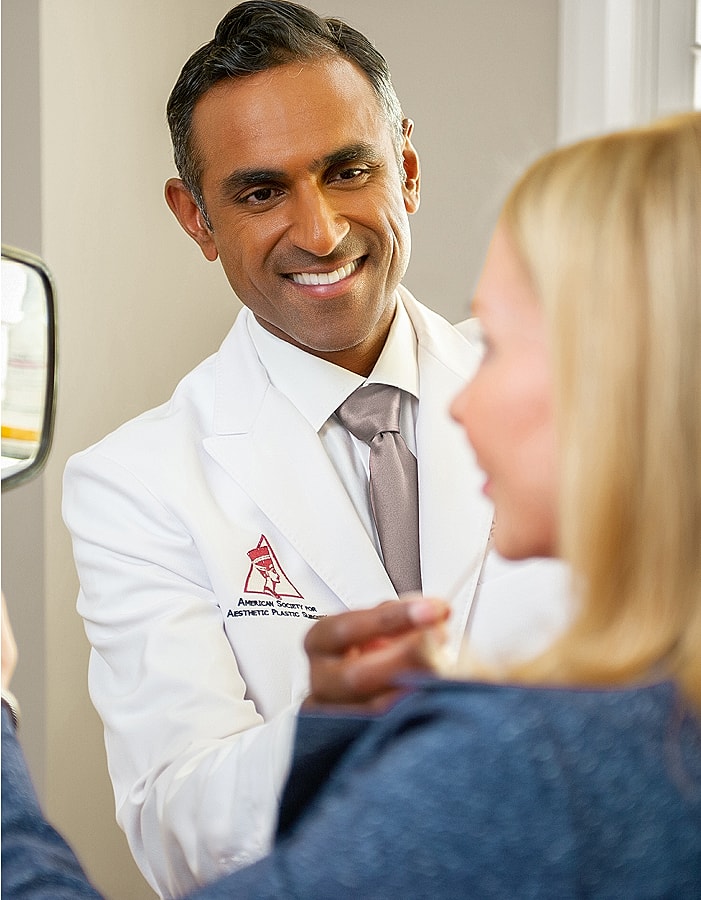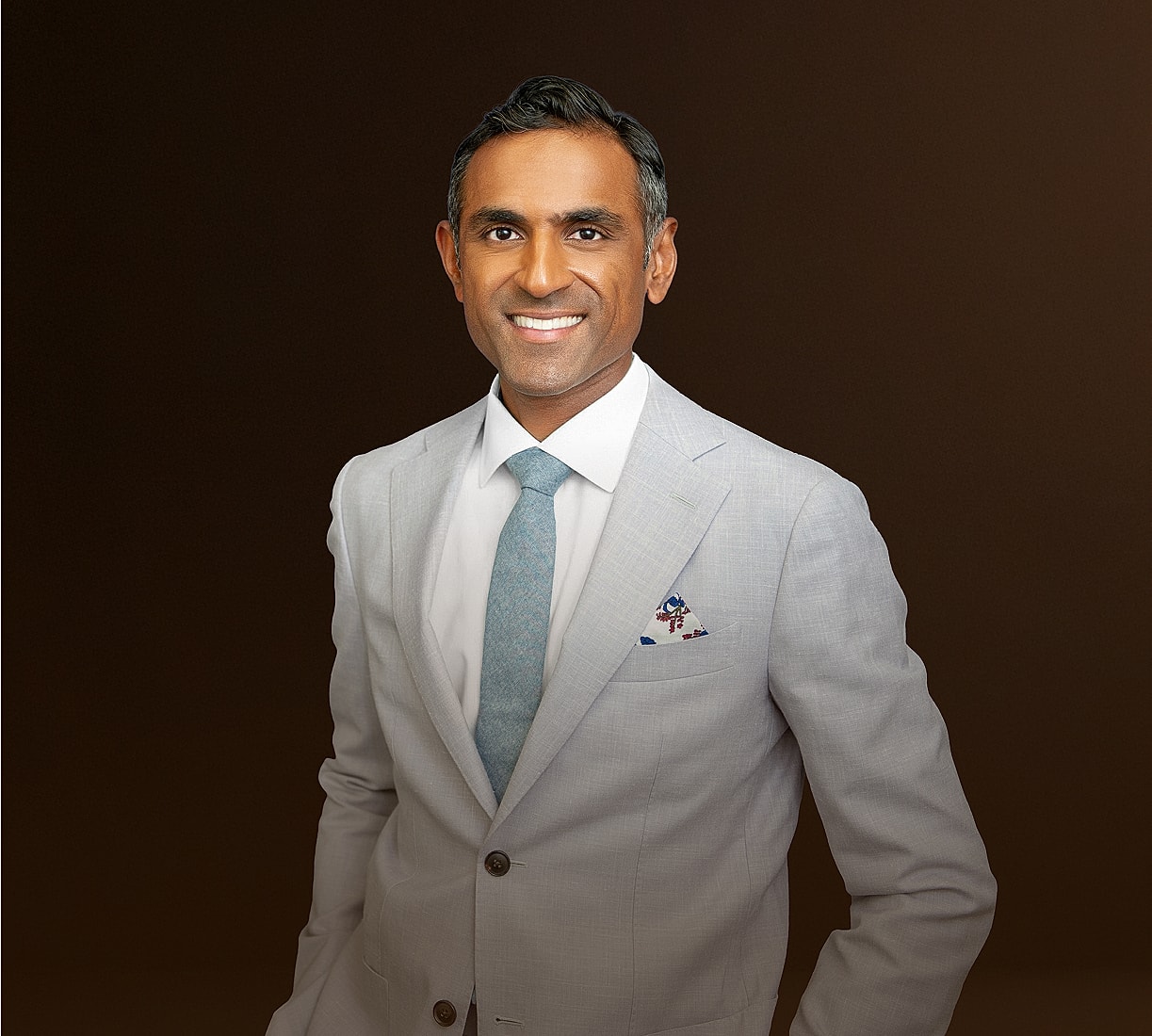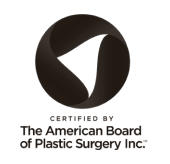
Facelift in Tampa & St. Petersburg
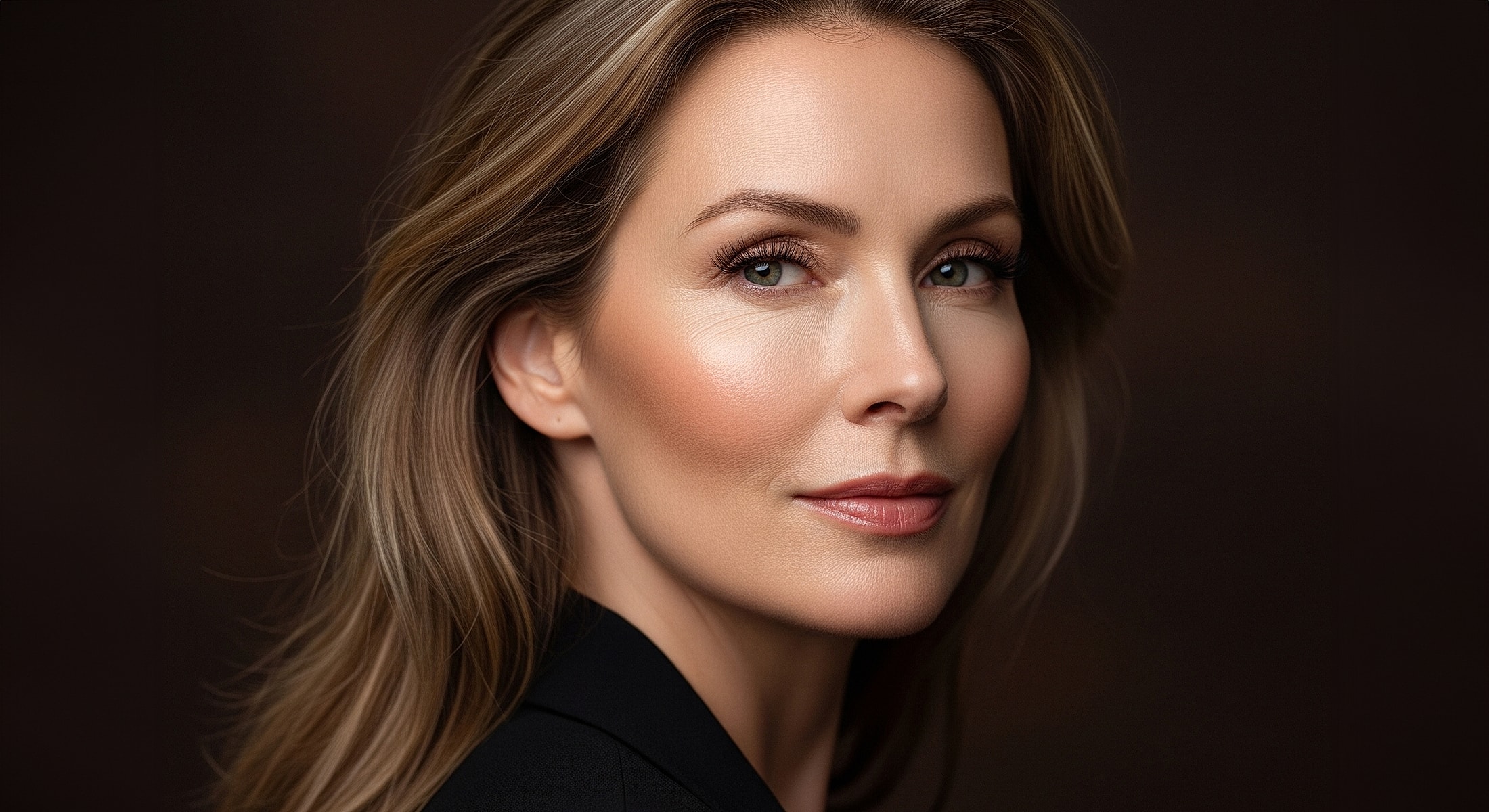



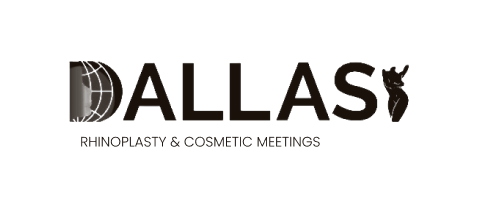


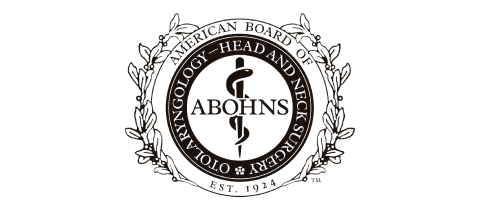









Your active, healthy lifestyle has likely paid off with a toned, fit body. Unfortunately, exercise can’t do much to shape up your face. The visible signs of age, heredity, weight fluctuation, and exposure to the elements all detract from the youthful look of your face. Double board-certified plastic surgeon
Dr. Kailash Narasimhan performs facelift surgery in St. Petersburg to help women and men from Clearwater and throughout the Tampa Bay area rejuvenate their facial appearance and boost their self-confidence. Dr. Narasimhan values your appearance as much as you do. He understands how much having a youthful face can boost your self-confidence. To learn more, request a consultation at Dr. Narasimhan’s office in the St. Anthony’s Outpatient Medical Center on Carillon Parkway.

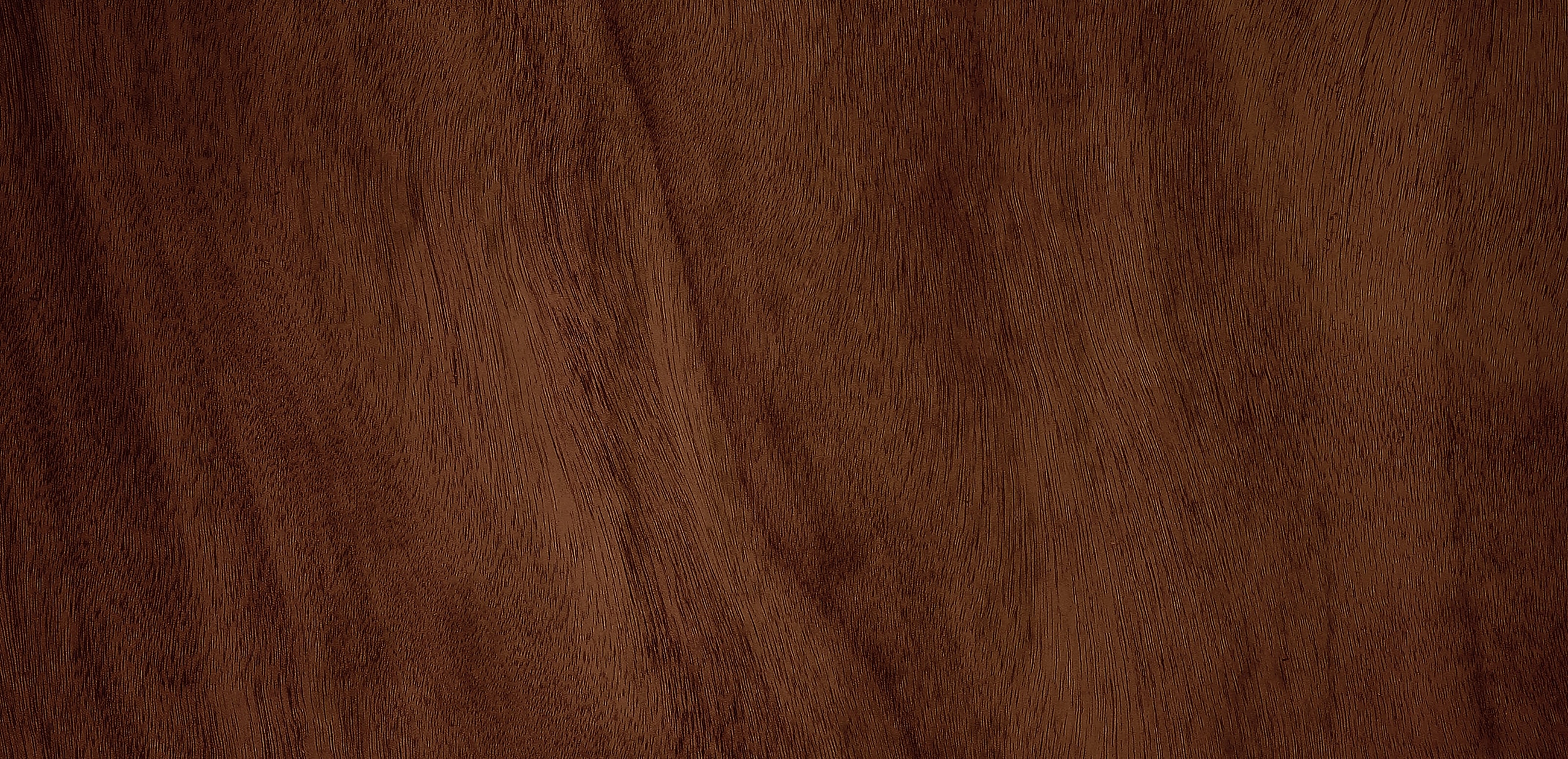
1 of 15
A facelift is a facial cosmetic surgery that addresses visible signs of aging—such as sagging cheeks, deep nasolabial folds, loose neck skin, and jowls—by repositioning underlying tissues, tightening facial muscles, and removing excess skin.
Patients often ask if a nonsurgical solution can replace the effects of a facelift. Many of these patients have loose skin and jowling, which makes facial rejuvenation surgery a far superior option. However, some patients are not ready for a surgical procedure, and after a discussion with Dr. Narasimhan, there may be nonsurgical options.
These options might include:
While often advertised, there is technically no such thing as a nonsurgical or liquid facelift. However, filling the cheek with volume can smooth wrinkles in the properly selected patient.
Dr. Narasimhan often combines neck lift surgery with facelifts for a more comprehensive improvement than the short scar facelift, which does not effectively resolve sagging skin on the jowls and neck, but does result in a quicker recovery for most patients.
Many traditional facelift patients choose to combine their procedure with other facial sculpting procedures, such as a brow lift or eyelid surgery, to achieve a more comprehensive result. Dr. Narasimhan’s artistic eye can help guide your decision about which combination of procedures will produce the natural, more youthful result you want.

On surgery day under general or local anesthesia, Dr. Narasimhan makes well-concealed incisions within the hairline and around the ears.
For mini or traditional facelifts, he lifts skin and tightens underlying SMAS tissue. In a deep plane approach, deeper facial muscles are elevated along with skin and fat. Excess skin is trimmed and draped smoothly to achieve a natural appearance. A drain may be placed. The procedure lasts 1–4 hours based on the technique. You’ll head home the same day or stay overnight for deeper procedures.
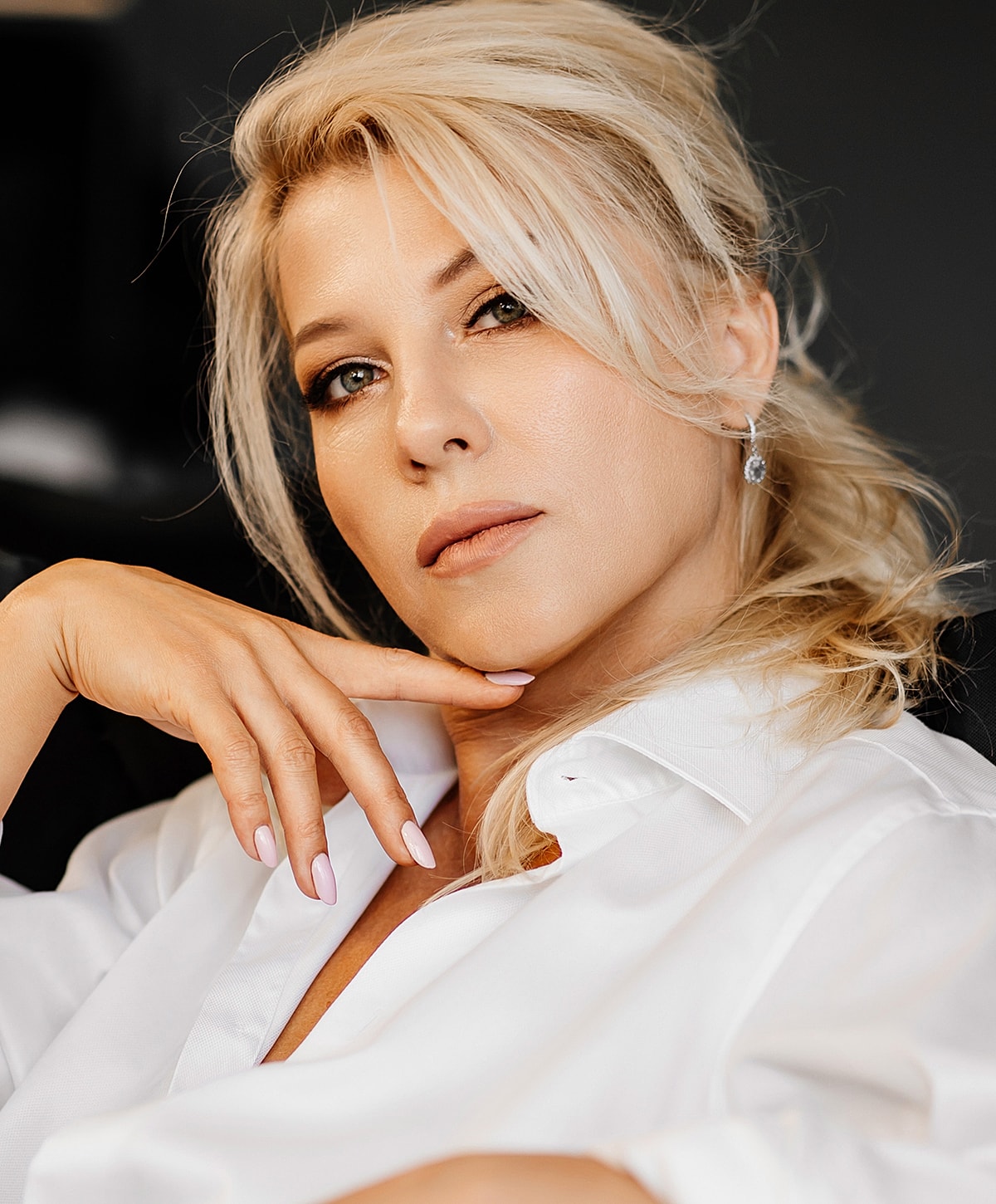

Regardless of the technique, Dr. Narasimhan places the facelift incisions in locations where the scars will be as inconspicuous as possible.
Dr. Narasimhan is experienced in a variety of modern facelift techniques. He will tailor your procedure to specifically address your facial anatomy, signs of aging, and cosmetic goals. At our Tampa and St. Petersburg clinics, we offer several surgical approaches:
A traditional facelift, also known as rhytidectomy, aesthetically improves the lower two–thirds of the face, including cheeks, jowls, and neck. Women and men who want a more refreshed, younger-looking face choose this procedure to address signs of aging, which commonly include:
A mini facelift, also called a short scar facelift, is best suited for patients with adequate skin elasticity and early signs of aging in the lower face. It is less invasive, requires less surgical time, has less downtime, and is less expensive than a traditional facelift. It is not suitable for patients who have significant sagging and do not require skin tightening on the jawline and neck.
This advanced facelift technique preserves the facial structures as they are repositioned, rather than lifting the muscle and skin separately. It provides very natural-looking results, avoiding a tight, pulled look. In most cases, Dr. Narasimhan performs facelift surgery using this technique because it takes into account the facial anatomy when the facial tissues are redraped and rejuvenated. The deep plane technique also minimizes tension on the skin for longer-lasting results.
When the results of a facelift are unnatural-looking or otherwise unsatisfactory, Dr. Narasimhan can perform a corrective procedure called a revision facelift. He performs several revision facelifts each year for patients who come to him from surgeons who lack the necessary skills and experience in facelift surgery. These procedures are often more complex and time-consuming than a primary facelift and may involve:
Dr. Narasimhan also performs facelift revisions on patients who have had thread lifts or other non-invasive and often ineffective treatments.
Dr. Narasimhan performs facelift surgery for men who want to reduce the signs of aging in the lower face, including jowls, deep wrinkles, and loose skin.
He adapts his technique to ensure results look masculine and natural. Many male patients benefit from a combination of facelift surgery with other facial plastic surgery procedures such as a neck lift, brow lift, and eyelid surgery.

1 of 3

Facelifts refine the lower face, jawline, and neck. Deep plane facelifts also improve mid-face volume and muscle structure. Men’s facelifts respect distinctive facial fat distribution and hair patterns.
Facelift surgery can enhance your natural attractiveness by restoring a youthful lower facial appearance that spans from below your eyes to your neck. Women and men choose this procedure to correct one or more of the following concerns:
Dr. Narasimhan’s goal is for you to look naturally attractive for your age, not to make you look like someone else. He is skilled in subtle surgical techniques that will avoid a pulled or overly tightened look.
It’s important to give yourself plenty of time to rest and heal at home following your facelift surgery. While experiences vary, expect the following after your facelift:
During your consultation, Dr. Narasimhan will review post–surgical activity restrictions with you to help you plan accordingly. He will give you specific instructions on how long you will need to postpone vigorous exercise, sexual activity, alcohol, tobacco, and sun exposure.
How Long Does It Take To Recover From a Facelift?
Most patients feel socially presentable and are ready to return to work after about 2 weeks. Residual swelling and bruising can persist for up to 6 weeks, but can easily be covered with makeup 10 to 14 days after surgery. You will likely notice an improvement well before then. Your skin will appear smoother and tighter, and your face will have a more youthful shape and contours. Friends and family may comment that you look younger or more refreshed.

Days 1–7: Expect swelling and bruising; drains removed in a few days; nonsteroidal anti-inflammatory drugs recommended.
Days 8–14: Stitches removed; you look presentable and can resume work.
Weeks 3–6: Gradual return to exercise and normal activity; continue sun protection.
Months 3–6: Numbness and swelling resolve; final results emerge. Healing protocols help minimize the risk of nerve injury and permanent hair loss.
Early results are visible in 2 to 4 weeks, with final contours maturing over 3 to 6 months. Deep plane and traditional facelifts typically last 8 to 12 years, helping defy the aging process when combined with sun protection and healthy habits.
Are My Facelift Results Permanent?
The results of a facelift are long-lasting, typically about 7 to 10 years; however, the natural aging process continues. You can maintain your rejuvenated look for many years by protecting your skin from the sun, maintaining a healthy weight, and avoiding smoking. Dr. Narasimhan also often recommends nonsurgical treatments such as injectable fillers or BOTOX Cosmetic to help extend or enhance facelift results.
Some people may opt for a second facelift later on to maintain their results, but this is a personal decision. If you’re concerned about prolonging your younger–looking appearance, a visit with Dr. Narasimhan can help you determine the best course of action for your unique circumstances.
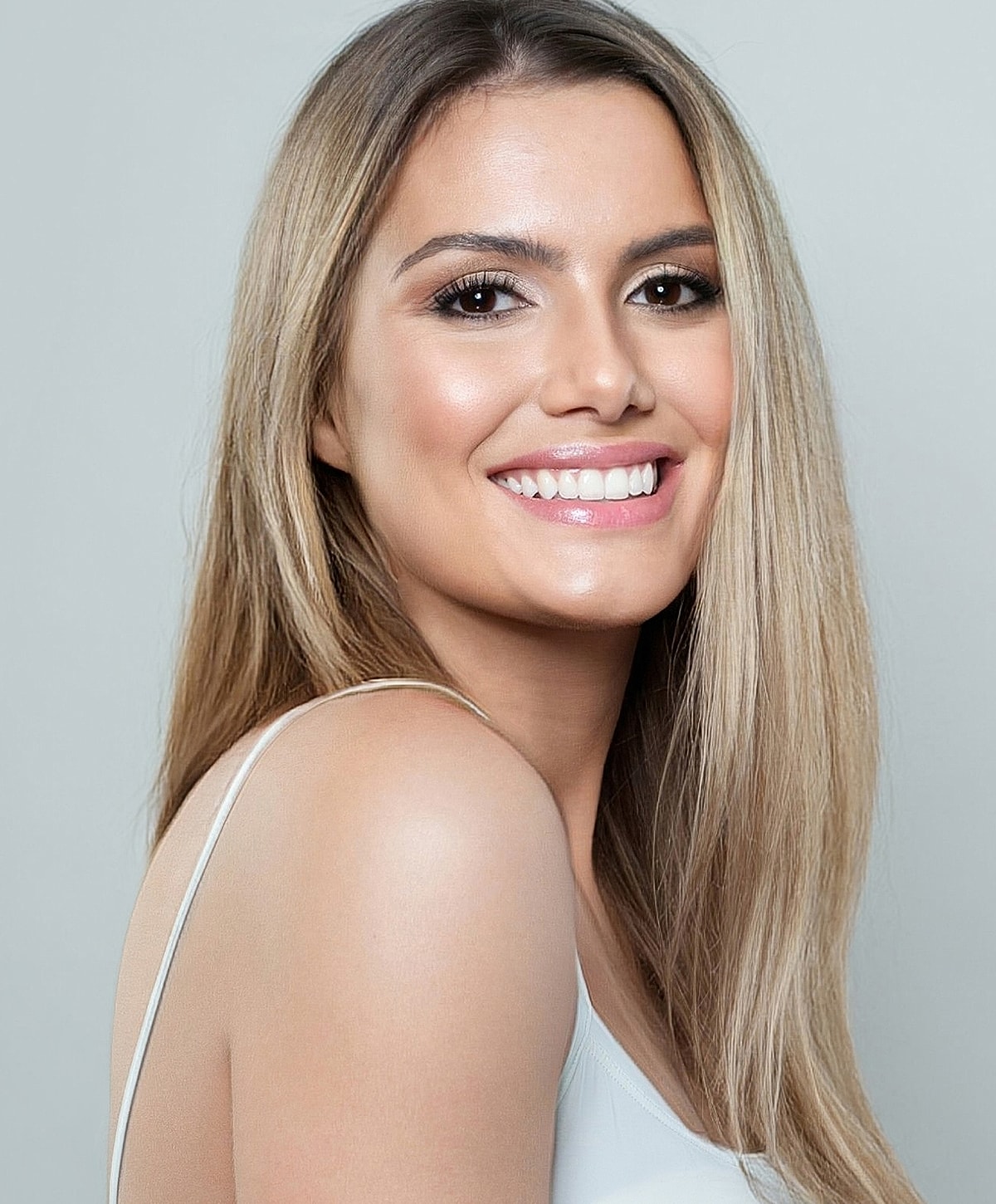

At Narasimhan Plastic Surgery, Dr. Kailash Narasimhan combines double board certification in facial plastic and reconstructive surgery with a refined aesthetic eye. Each facelift—whether mini, deep plane, revision, or men’s—is customized based on individual anatomy, aging patterns, and lifestyle goals. From incision placement to deep tissue repositioning, his precision ensures natural contours, minimized scarring, and lasting results. Patients appreciate his thoughtful care, clear communication, and surgical expertise.
Dr. Narasimhan’s passion for plastic surgery is evident in his impressive credentials, which include:
American Board of Plastic Surgery and American Board of Otolaryngology (Head & Neck Surgery)
Guest faculty at internationally renowned cosmetic surgery meetings, such as the Dallas Cosmetic Symposium
While there’s no specific “best” age for facelift surgery, typical candidates are between the ages of 40 and 70 years.
Mini facelifts are suitable for mild sagging, offering a faster recovery. Deep plane works better for advanced aging, resulting in longer-lasting changes.
This answer depends on a variety of factors, such as your age at the time of the facelift, your skincare regimen, and your healing process. However, for most patients who follow their facelift with medical-grade skincare, diet, and nicotine avoidance, the procedure can take at least 10 years off their current visible age. The facial aging process continues, of course, after a facelift; however, a facelift is the most assured and effective way to “turn back the clock” for many patients. Dr. Narasimhan employs a high SMAS facelift technique, which targets the deeper layers of the face for a long-lasting and effective result.
Facelift and all facial surgery, for that matter, is not painful for most patients. There can be some discomfort in the neck area because we are tightening the neck muscles and placing a compressive bandage around the neck for 1 to 2 days. Patients all receive an oral steroid medication, pain medication, and can ice the area during the immediate period after surgery. We also inject medication into the skin, which helps with postoperative pain. These additions have greatly minimized discomfort after a facelift.
Yes—facelifts often include tightening neck muscles for improved jawline definition and reduced double chin.
Yes, the aesthetic goals and technique I use have some slight nuances for a facelift on a man. In males, we mainly address the neck and lower face, especially the jawline. Cheek rejuvenation is important for male patients, mainly to soften the smile lines (nasolabial folds). In males, we want to rejuvenate while maintaining a masculine look.
Dr. Narasimhan takes special care to place facelift incisions in the hairline and natural facial creases, where the resulting scars will be less noticeable. While individual healing rates vary, the scars for most facelift patients typically heal and fade nicely within 6 months. Makeup can be applied to conceal the scar as early as 10 to 14 days after the procedure.
Facelifts are effective and “worth it” in the properly selected patient. Most patients are extremely satisfied with their results and consider the procedure “worth it.” This procedure can “turn back the clock” by anatomically restoring the elements that cause facial aging, such as a deep smile line, jowls that hang over the lower chin, and loose neck skin. When patients have jowling, it is a general indication for a facelift. The effectiveness of a facelift result is unmatched by any other current technology for facial aging, such as lasers, radiofrequency, or fillers.
If past facelifts have left you with asymmetry, loose skin, or unwanted tension, a revision facelift can help restore balance and contour.
Your face is one of your most noticeable features. Don’t trust it to just any cosmetic surgeon. Dr. Narasimhan has earned board certification from both the American Board of Plastic Surgery and the American Board of Otolaryngology (Head and Neck Surgery), which means he has completed rigorous, specialized surgical education and training. To learn more about facelifts, neck lifts, and other facial sculpting options, request a consultation with Dr. Narasimhan or call the office of Narasimhan Plastic Surgery at (727) 289-7119.
